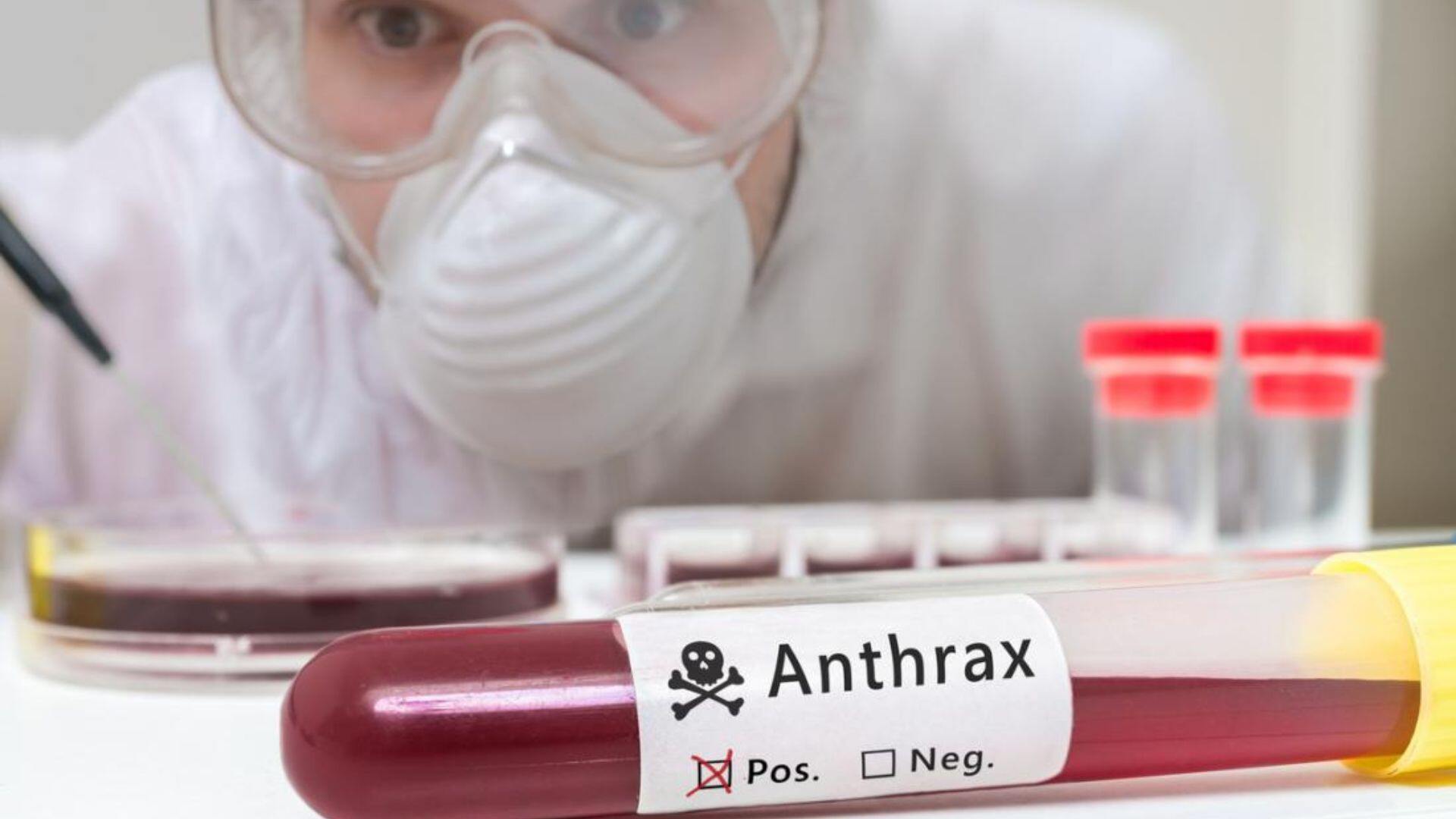Cases In India
Two instances of anthrax have been documented in Koraput district, Odisha. The cases are associated with a gathering on June 14, where ten families from the village consumed meat from a cow that had succumbed to anthrax.
Muktikanta Khatua, the Additional District Public Health and Medical Officer said, “Anthrax is spread by consuming the meat of cattle that have died of the disease. We are raising awareness among villagers to avoid consuming such meat and are taking steps to prevent the disease from spreading to other areas.”
Recognizing Symptoms
Anthrax is a bacterial infection triggered by Bacillus anthracis, a bacterium that forms spores and is naturally present in soil. It primarily affects herbivorous animals but can also infect humans through contact with infected animals or contaminated animal products.
It manifests in three main forms: cutaneous (skin), inhalation, and gastrointestinal.
Cutaneous anthrax, the most prevalent form worldwide, comprises over 95% of cases. It occurs when spores enter the body through cuts or abrasions, initially appearing as a raised, itchy bump resembling an insect bite. This progresses to an ulcer with a black center (“black anthrax”). Prompt antibiotic treatment usually results in a cure.
Inhalation anthrax, the most severe form, results from inhaling spores, typically from contaminated animal products. Symptoms initially mimic a common cold but quickly escalate to severe respiratory distress, shock, and potentially fatal systemic infection. Prompt treatment with aggressive antibiotics and supportive care is essential.
Gastrointestinal anthrax, caused by consuming contaminated meat, leads to severe abdominal pain, nausea, vomiting, and bloody diarrhea, often resulting in high mortality due to delayed diagnosis and rapid systemic infection progression.
Preventive Measures
Preventing anthrax involves a multifaceted approach, including vaccination, especially for high-risk groups like veterinarians, livestock handlers, and lab workers. The anthrax vaccine is crucial for effective protection against the disease.
Another crucial strategy is to avoid contact with animal products that may be contaminated. This means refraining from handling or consuming meat, wool, or hides from animals suspected of dying from anthrax. Proper inspection and processing of animal products is essential to ensure they are safe from contamination.
When handling animals or materials potentially contaminated with anthrax spores, it’s crucial to use proper personal protective equipment (PPE) like gloves, masks, and other gear to prevent skin contact and inhalation of spores.
Communities should implement rigorous environmental control measures, including livestock vaccination, proper carcass disposal, and regular disinfection of facilities. Early surveillance is crucial for promptly detecting anthrax outbreaks and initiating control measures.
Education and awareness are crucial for prevention. Public campaigns can inform people about anthrax signs, the safe handling of animal products, and the importance of seeking medical attention if exposed. These strategies help reduce the risk and impact of anthrax on public health.







